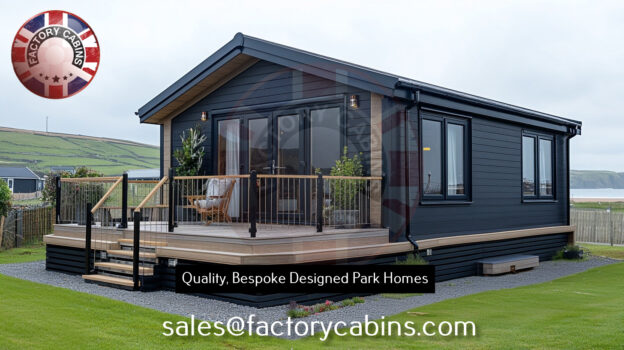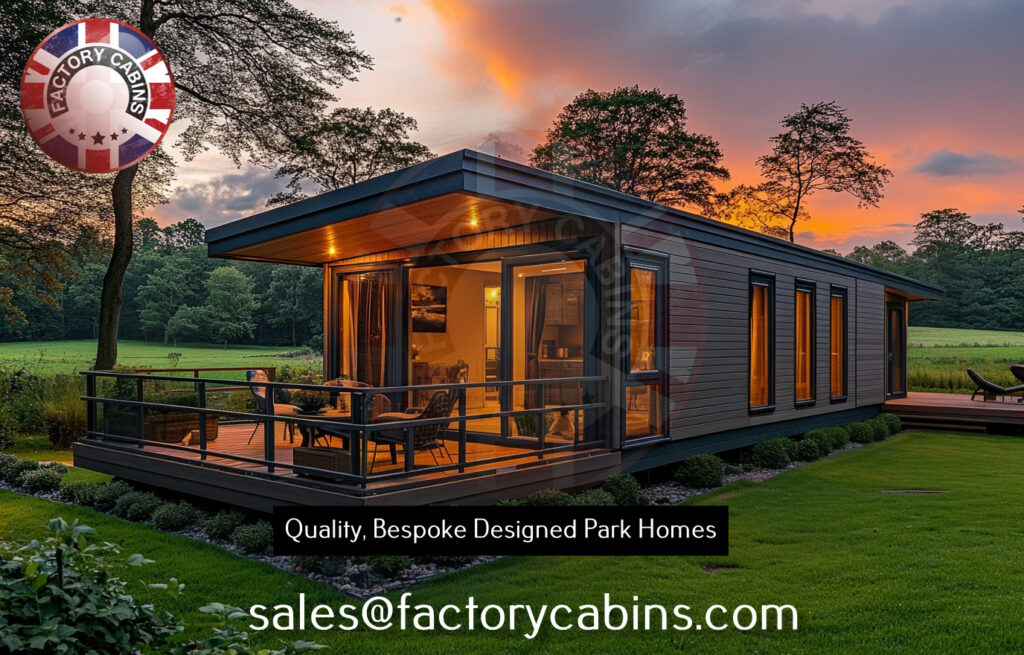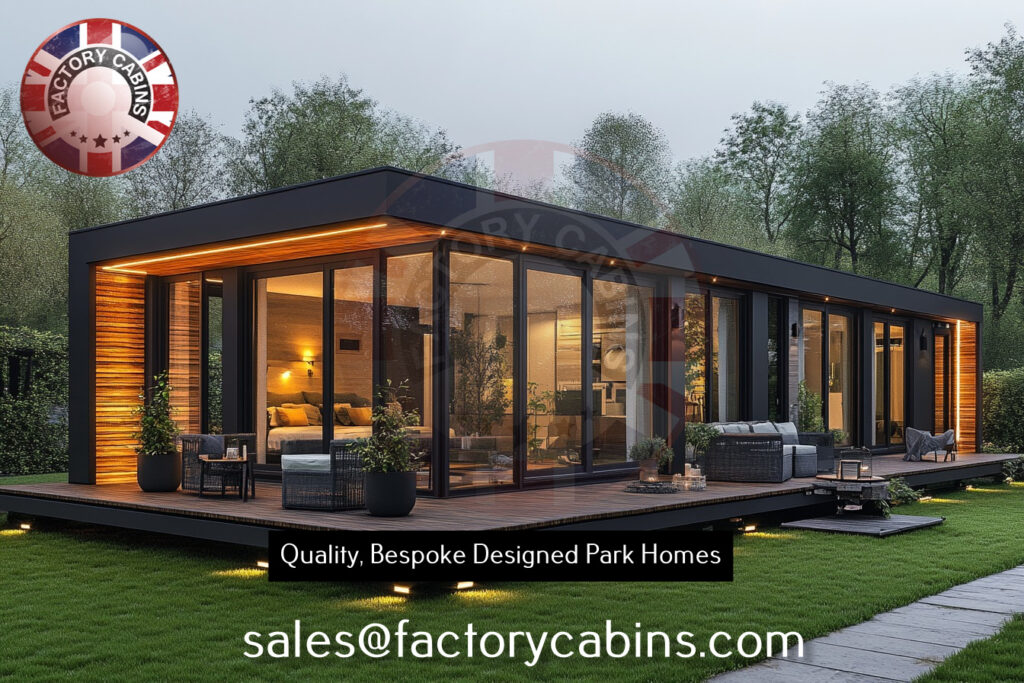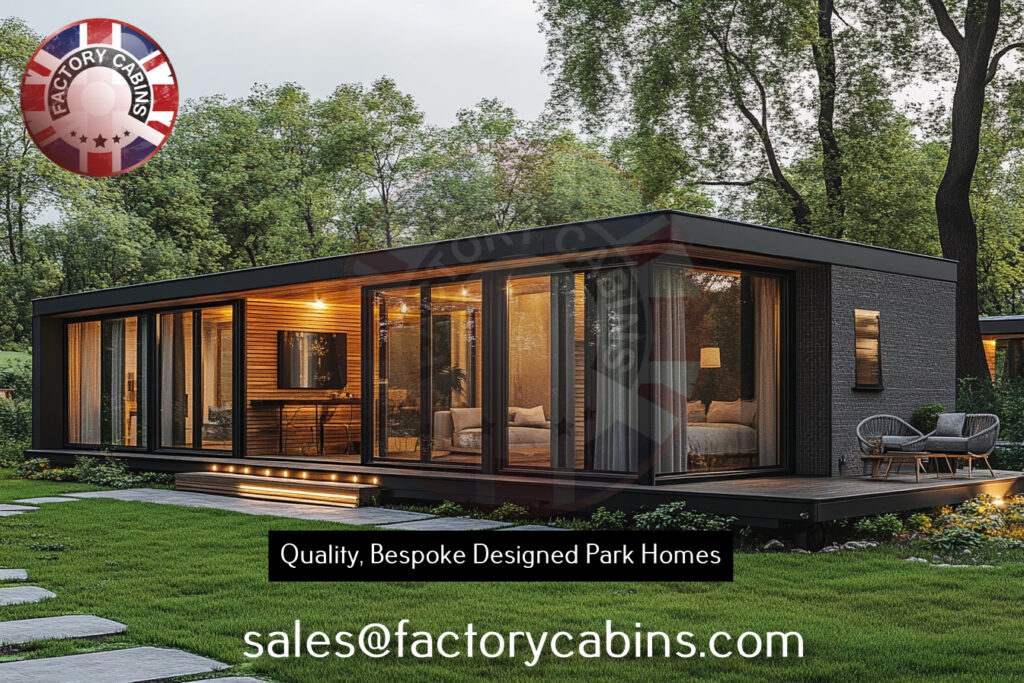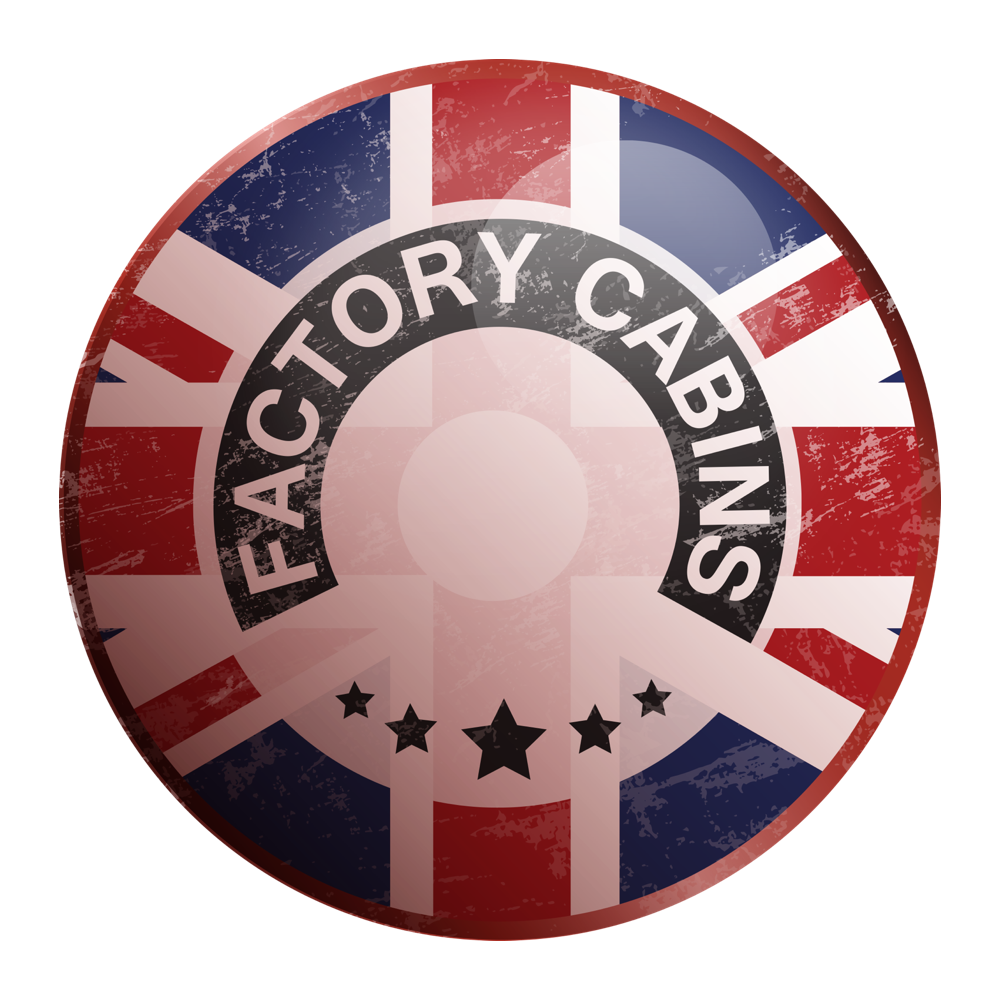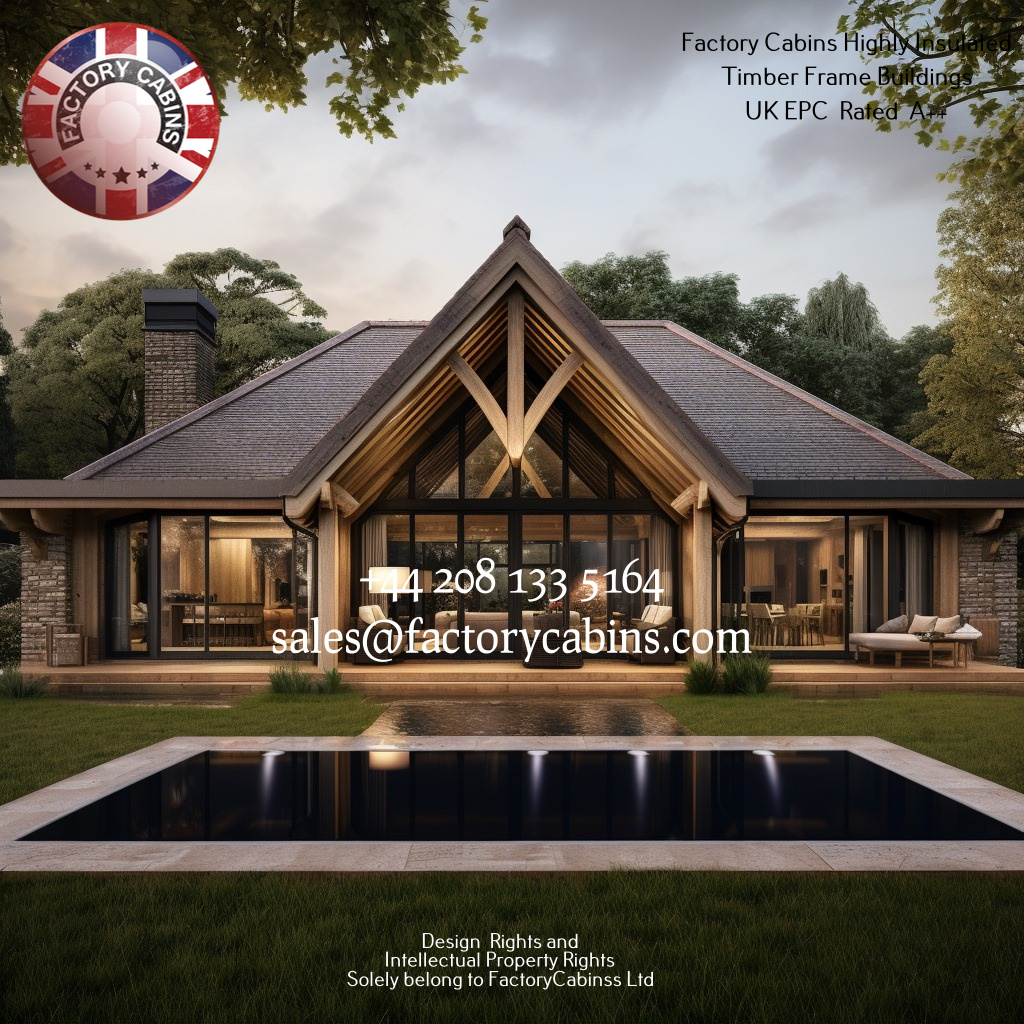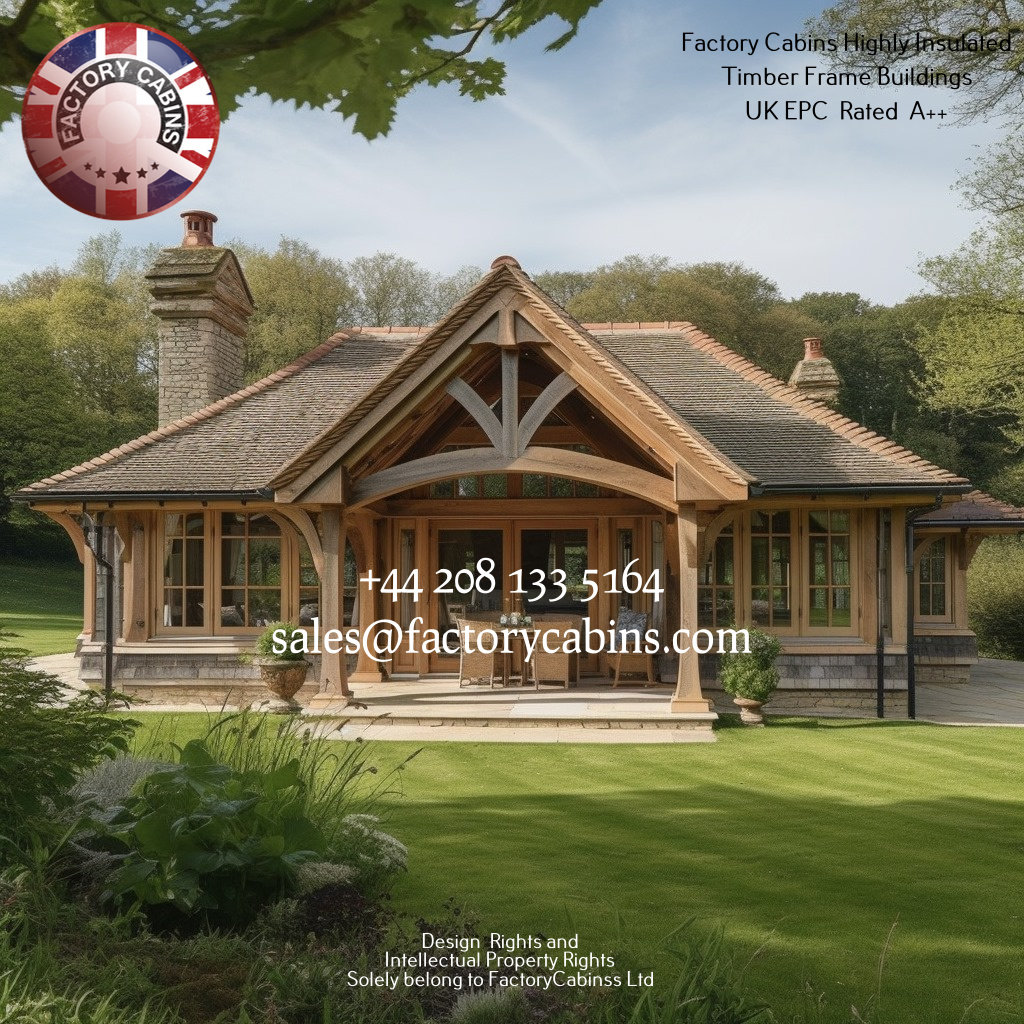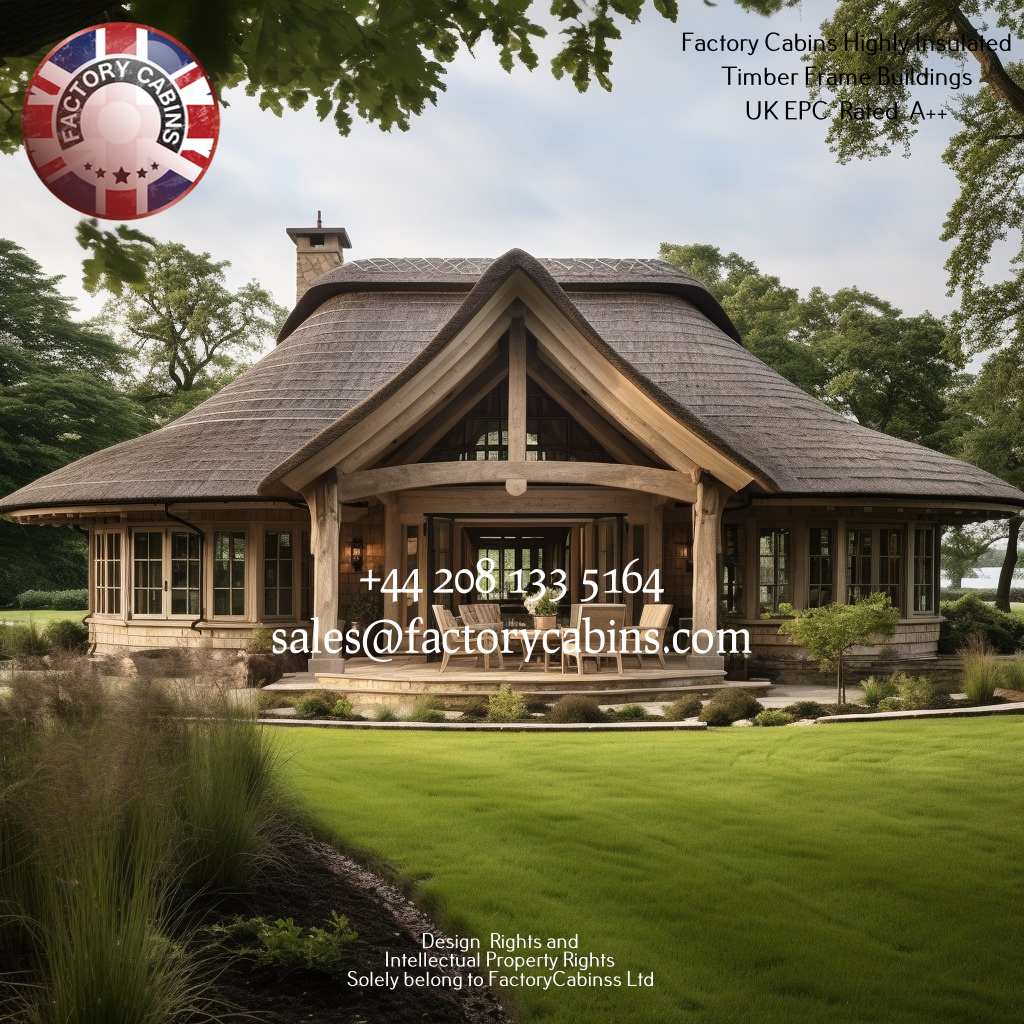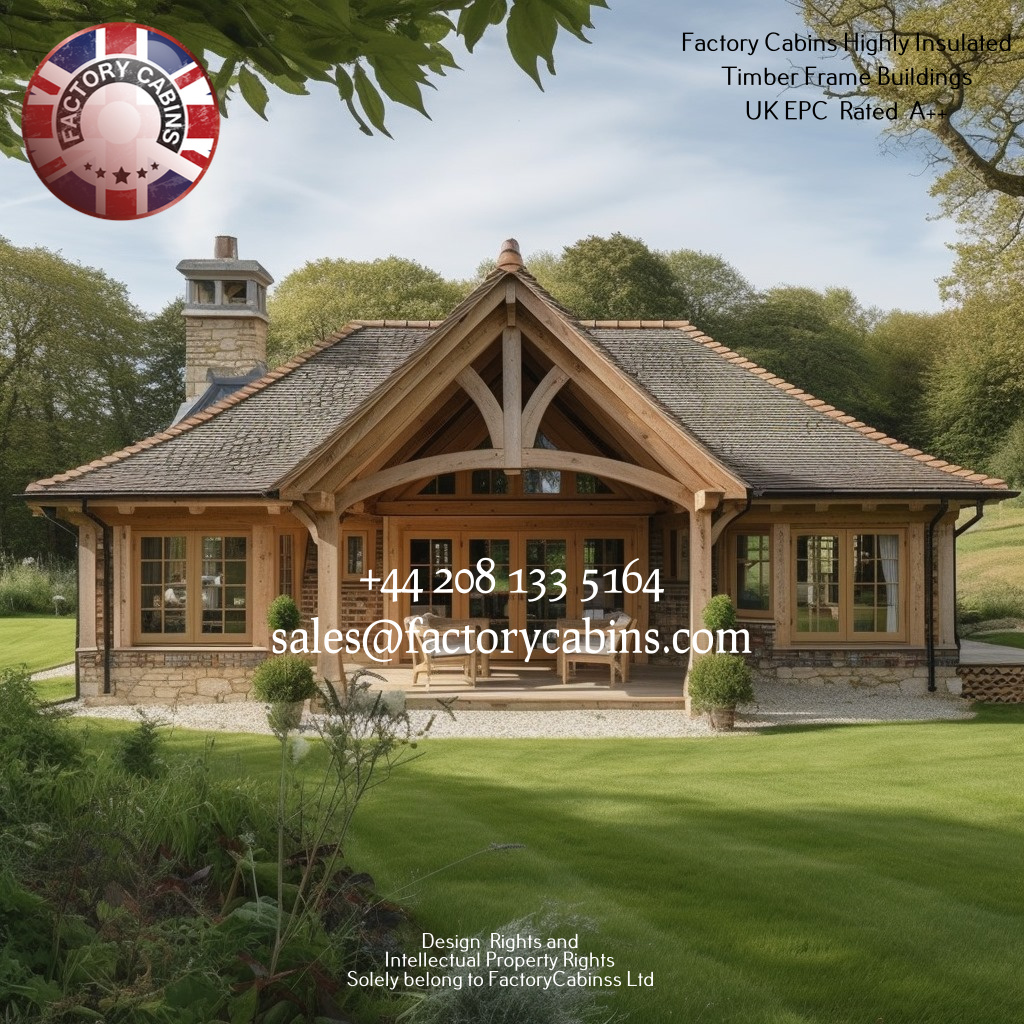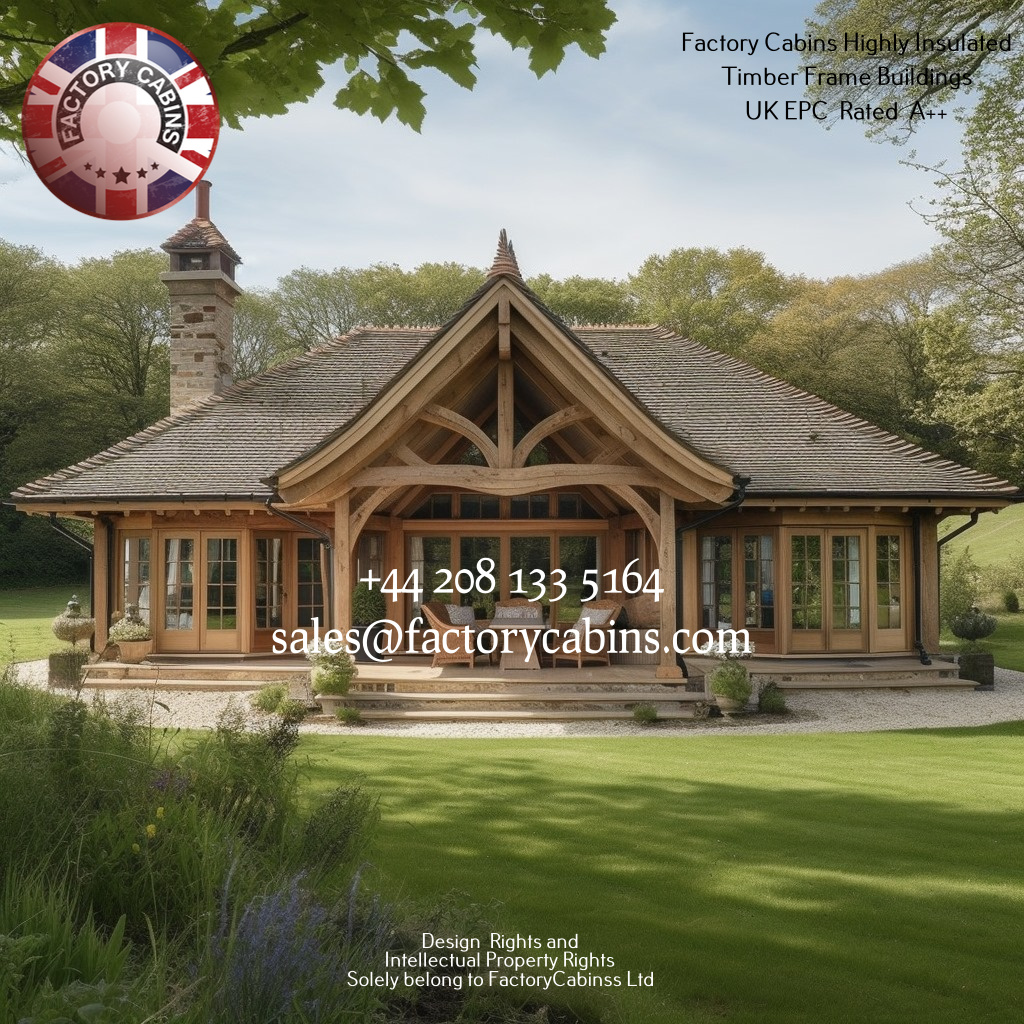The Future of Sustainable Living: Timber Frame Tiny Houses and Holiday Units by Factory Cabins Ltd
In an era where sustainability, efficiency, and thoughtful design are no longer optional but essential, timber frame construction has emerged as a frontrunner in eco-conscious building. Among the pioneers reshaping the landscape of compact, high-performance dwellings is Factory Cabins Ltd—a company that doesn’t just meet global standards but redefines them. Specializing in timber frame tiny houses, holiday units, and self-contained holiday lets, Factory Cabins Ltd combines cutting-edge engineering, uncompromising quality, and a deep commitment to environmental responsibility. Their structures aren’t just buildings—they’re statements of intent for a net-zero future.
Why Timber Frame?
Timber frame construction has long been celebrated for its blend of strength, speed, and sustainability. Unlike traditional brick-and-mortar builds, timber frames are prefabricated off-site with millimeter precision, reducing waste, construction time, and on-site disruption. But not all timber frames are created equal. Factory Cabins Ltd sets itself apart by using only C24 kiln-dried (KD) timber, a structural grade known for its consistent strength and dimensional stability. Every piece of wood is FSC-certified, ensuring it comes from responsibly managed forests that provide environmental, social, and economic benefits. This isn’t greenwashing—it’s a foundational principle embedded in every beam and panel.
Tiny Houses, Big Impact
The tiny house movement has evolved from a minimalist lifestyle trend into a legitimate housing solution for those seeking affordability, mobility, and ecological harmony. Factory Cabins Ltd’s timber frame tiny houses exemplify this evolution. Ranging from compact 80-square-foot mobile units to more spacious 200+ square foot designs, these homes maximize every inch without sacrificing comfort or aesthetics 4.
What truly distinguishes Factory Cabins’ tiny homes is their ultra-insulated envelope. In a world where energy efficiency can no longer be an afterthought, these structures are engineered to Passivhaus-level standards. Triple-glazed windows—standard on every unit—work in concert with airtight construction and advanced thermal bridging solutions to minimize heat loss. The result? A home that stays warm in winter and cool in summer with minimal energy input.
These aren’t just cozy retreats; they’re net-zero capable. By integrating renewable energy systems like solar PV and battery storage, Factory Cabins’ tiny houses can operate entirely off-grid while maintaining modern comforts 2. Whether used as a permanent residence, a backyard office, or a weekend escape, these units prove that small footprints can support big lifestyles.
Holiday Lets Reimagined
The demand for unique, sustainable holiday accommodations has surged in recent years. Travellers increasingly seek experiences that align with their values—eco-friendly, locally rooted, and thoughtfully designed. Factory Cabins Ltd answers this call with its range of self-contained holiday lets and timber frame camping units.
These holiday units are far from the rustic cabins of the past. Instead, they offer luxury, comfort, and resilience in equal measure. Designed for everything from remote glamping sites to coastal retreats, each unit is built to withstand diverse climates while delivering exceptional indoor environmental quality. Thanks to their A++ energy rating and air-tight timber frame construction, these holiday homes maintain stable internal temperatures year-round—critical for both guest comfort and operational cost savings 2.
Moreover, Factory Cabins’ modular approach allows for rapid deployment. A fully finished holiday unit can be delivered and installed in days, not months, enabling property owners to capitalise on seasonal demand quickly. Whether you’re developing a boutique eco-resort or adding a single rental unit to your land, these cabins offer a turnkey solution with minimal site impact.
Global Compliance, Local Excellence
One of the most impressive aspects of Factory Cabins Ltd’s offering is its universal compliance. Their timber frame systems are engineered to meet—and exceed—building regulations in any country. From the stringent thermal performance requirements of Scandinavia to the seismic codes of Japan, these structures are adaptable without compromise.
This global readiness stems from rigorous testing and certification. The use of C24 KD timber ensures structural integrity across varying humidity and temperature conditions. Combined with FSC certification, it guarantees both performance and planetary responsibility. For international clients or developers managing multi-jurisdictional projects, this eliminates the headache of redesigning for local codes—Factory Cabins builds to the highest common denominator.
Net Zero: Not a Claim, But a Reality
Many companies tout “net zero” as a marketing buzzword. At Factory Cabins Ltd, it’s an engineered outcome. Their Ultra-Insulated Net Zero New Builds fuse “military-grade thermal engineering with breathtaking design”, proving that eco-homes needn’t compromise on comfort, style, or durability 8. Every element—from wall assemblies to roof systems—is optimised for minimal energy demand.
The path to net zero begins with fabric-first design: super-insulation, airtightness, and thermal bridge-free construction drastically reduce the need for active heating or cooling. Triple glazing isn’t an upgrade—it’s standard. Ventilation is handled by MVHR (Mechanical Ventilation with Heat Recovery) systems that deliver fresh, filtered air while retaining over 90% of exhaust heat.
Once the energy demand is minimised, renewable generation closes the loop. Solar panels, heat pumps, and smart energy management systems allow these buildings to produce as much energy as they consume annually. For holiday let owners, this translates to lower operating costs and a powerful marketing advantage in an increasingly eco-conscious market.
Craftsmanship You Can Trust
Beyond specifications and certifications lies the human element: workmanship. Factory Cabins Ltd prides itself on craftsmanship that is, quite simply, second to none. Every joint, finish, and fixture reflects a dedication to quality that mass-produced alternatives can’t match.
This attention to detail extends to interior design. Open-plan living areas, loft bedrooms, clever storage solutions, and high-end fixtures transform compact spaces into functional, beautiful environments 5. Whether it’s a 12×16-foot tiny house with a sleeping loft or a spacious holiday unit with a full kitchen and bathroom, the experience feels generous—not cramped.
Clients also benefit from customisation. While Factory Cabins offers proven designs, they welcome collaboration to tailor layouts, materials, and features to specific needs. This balance of standardisation and personalisation ensures efficiency without uniformity.
Sustainability Beyond the Structure
Factory Cabins Ltd’s commitment to sustainability goes beyond energy performance and certified timber. Their prefabricated approach minimizes on-site waste, dust, and noise pollution. Components are cut to exact dimensions in a controlled factory environment, reducing material offcuts and errors. Transport is optimized through modular design, lowering the carbon footprint of delivery.
Furthermore, timber is a carbon-sequestering material. Every cubic meter of wood used in construction stores approximately one ton of CO₂—effectively turning each cabin into a carbon sink. When sourced responsibly (as with FSC-certified timber), this creates a virtuous cycle: forests are maintained or expanded, biodiversity is protected, and atmospheric carbon is reduced.
The Business Case for Holiday Let Owners
For entrepreneurs and landowners, Factory Cabins’ units represent a compelling investment. The low operational costs of ultra-insulated, net-zero buildings mean higher profit margins. Guests are willing to pay a premium for unique, sustainable stays—especially those that offer comfort without guilt.
Additionally, many governments now offer grants, tax incentives, or relaxed planning permissions for eco-friendly or temporary structures. Factory Cabins’ mobile or semi-permanent units often fall into favorable regulatory categories, speeding up approval processes.
And because these buildings are durable and low-maintenance, they retain value over time. Unlike cheaper alternatives that degrade quickly, a Factory Cabins unit is built to last decades—making it a long-term asset, not a short-term expense.
Looking Ahead: The Future is Timber, Tiny, and Net Zero
As climate urgency intensifies and housing affordability crises deepen, the solutions offered by Factory Cabins Ltd feel not just timely—but necessary. Their timber frame tiny houses and holiday units demonstrate that sustainable living can be luxurious, practical, and accessible.
By combining FSC-certified C24 KD timber, triple glazing, ultra-insulation, and net-zero engineering, they’ve created a product that transcends trends. These aren’t just cabins—they’re beacons of what’s possible when design, ethics, and innovation align.
Whether you’re dreaming of a personal off-grid sanctuary, launching a sustainable holiday business, or seeking a resilient, low-impact home, Factory Cabins Ltd offers more than a building. They offer a blueprint for the future—one beautifully crafted timber frame at a time.
Discover how Factory Cabins Ltd can bring your vision to life with structures that meet global standards, prioritize planet and people, and deliver unmatched quality. Visit factorycabins.com to explore designs, request a quote, or become a net-zero agent today.
